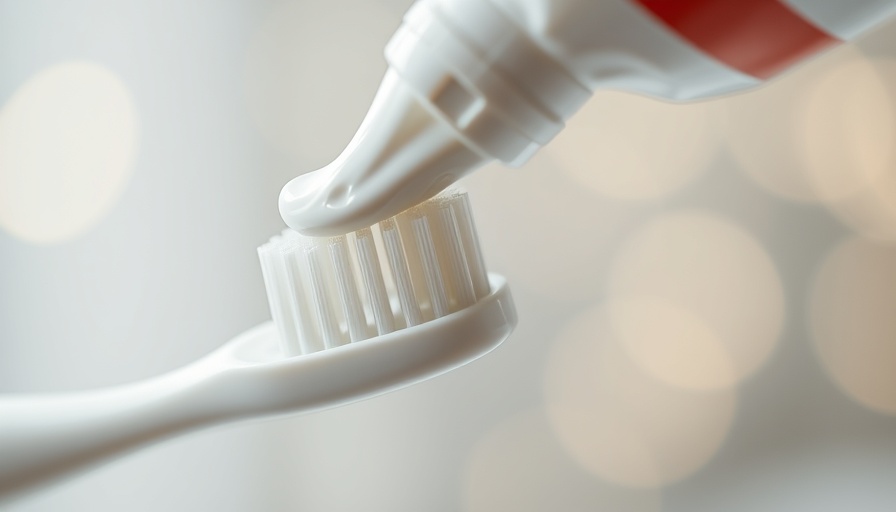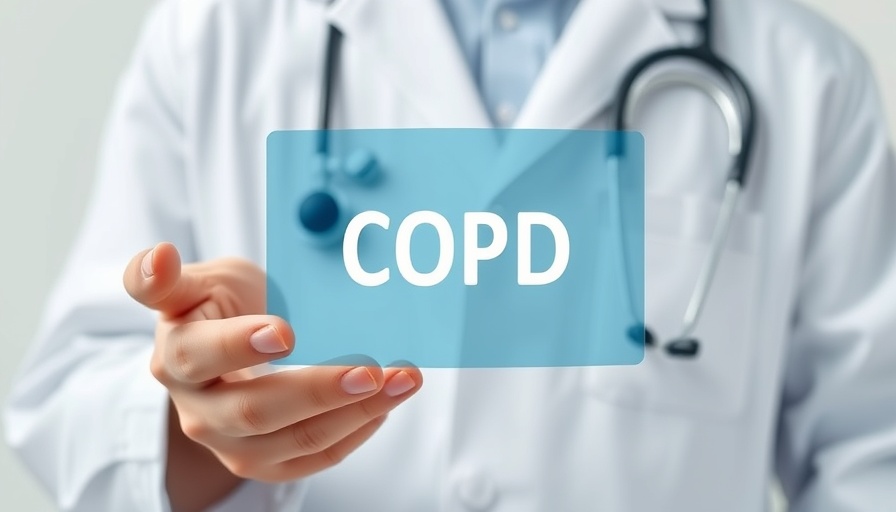
Understanding the Heat Dome: What You Need to Know
As a heat dome blankets the Midwest, residents are bracing for some of the hottest days of the year. The phenomenon occurs when high pressure traps heat and humidity in a specific area, leading to dangerously elevated temperatures that can last for several days. In the upcoming week, states like Nebraska, Illinois, Wisconsin, and Iowa are expected to experience significant temperature rises, with forecasts indicating highs soaring into the upper 90s Fahrenheit.
Historical Context: Frequency of Heat Domes and Their Impact
Heat domes have become a more common occurrence in recent years, raising concerns among climate scientists and weather experts alike. This year's event is consistent with a pattern observed since the early 2000s, whereby extreme heat events and prolonged summer temperatures have become more frequent due to climate change. The implications are worrying, not just for human health but also for the environment, agriculture, and local infrastructure.
Health Risks Associated with Extreme Heat
With the National Weather Service issuing alerts regarding extreme heat, it is critical to understand the potential health risks. Vulnerable populations, including the elderly, young children, and those with pre-existing health conditions, face heightened risks during these heat events. Symptoms like heat exhaustion, fainting, and dehydration may become commonplace as people struggle to cope with the oppressive conditions. Staying hydrated and well-informed is essential for safety.
Making Informed Decisions During the Heat Wave
Individuals can take proactive steps to mitigate the effects of extreme heat. The National Weather Service recommends avoiding outdoor activities during peak sunlight hours and ensuring access to air-conditioned spaces where possible. Wearing light, breathable clothing can also make a significant difference. It's vital for families to establish emergency plans that include ways to check in on vulnerable members of the community.
The Long-Term Perspective: Future Predictions and Climate Considerations
Looking forward, weather experts predict that events like this heat dome are likely to become more frequent as climate change intensifies. The combination of rising global temperatures and increasingly erratic weather patterns will pose challenges to community preparedness and resource availability. Understanding these trends is key for individuals and communities to better prepare for the health implications of climate change.
Tips for Coping with the Heat
While extreme temperatures can be daunting, there are ways to cope. Maintaining proper hydration by drinking water consistently is crucial, as is keeping away from alcohol and caffeinated drinks, which can lead to dehydration. Simple measures like fans, wet towels, and regular breaks in the shade can help during the hottest parts of the day. It's also important to recognize the signs of heat stress in oneself and others, ensuring that mutual care is prioritized in communities.
Emotional Impacts of Extreme Weather Events
Extreme weather, including intense heat waves, not only affects physical health but can also take a toll on mental well-being. Anxiety and stress about safety during severe heat can affect daily life and quality of living. Communities are encouraged to foster connections and open dialogues about coping strategies to enhance mental resilience during these challenging times.
The unusual heat arriving in the Midwest is a stark reminder of the changes our climate is undergoing and the importance of preparedness. By informing ourselves and taking the necessary precautions, we can navigate this heat wave more effectively. Let’s prioritize safety, stay informed, and support one another.
 Add Row
Add Row  Add
Add 




Write A Comment